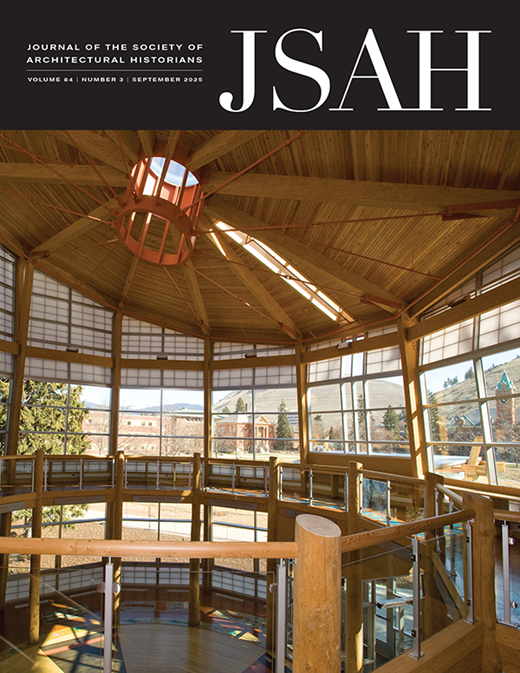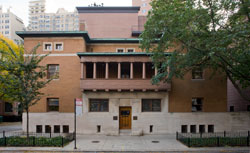-
Membership
Membership
Anyone with an interest in the history of the built environment is welcome to join the Society of Architectural Historians -
Conferences
Conferences
SAH Annual International Conferences bring members together for scholarly exchange and networking -
Publications
Publications
Through print and digital publications, SAH documents the history of the built environment and disseminates scholarship -
Programs
Programs
SAH promotes meaningful engagement with the history of the built environment through its programs -
Jobs & Opportunities
Jobs & Opportunities
SAH provides resources, fellowships, and grants to help further your career and professional life -
Support
Support
We invite you to support the educational mission of SAH by making a gift, becoming a member, or volunteering -
About
About
SAH promotes the study, interpretation, and conservation of the built environment worldwide for the benefit of all
SAHARA Highlights: Green
Nov 14, 2023
by
SAHARA Co-Editors Jacqueline Spafford and Mark Hinchman, and Associate Editor Jeannine Keefer
This month’s highlights focus on the many green spaces and landscapes captured in the SAHARA collection. Locations span the globe and serve as spaces for contemplation, commemoration, recreation, work, or simply as the landscape around a structure. The vibrancy of these greens can be affected by the time of day, the film or camera used, or your screen.
To see more SAHARA content: sahara.artstor.org/#/login
To learn more about contributing, visit: sah.org/sahara
SAHARA news: The entire SAHARA collection will soon be completely migrated to JSTOR. Details and instructions for accessing and contributing content will be coming soon.
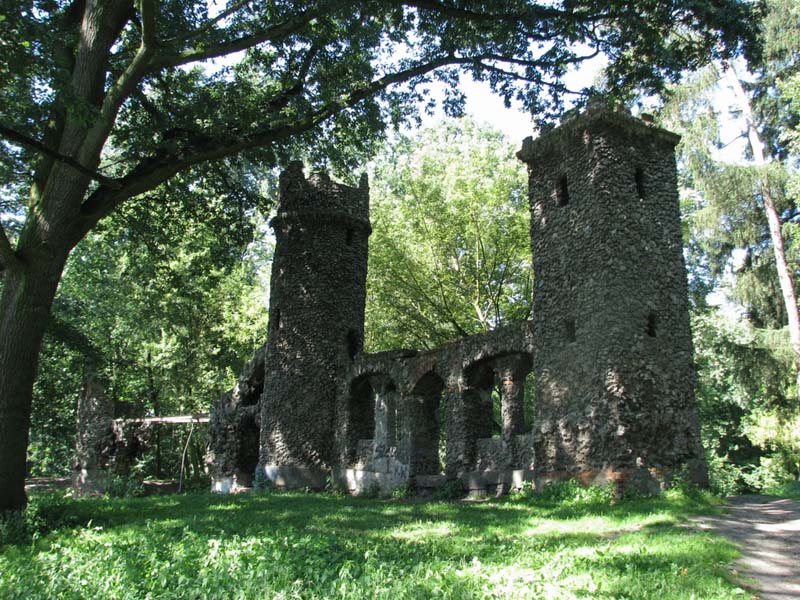
Unknown landscape/garden planners from Kalisz and Josef Chrzanowski, “The Medieval Castle” at The Belzig von Kreutz Family Summer Estate Garden, ca 1880–1900, Koscielec, Poland. Photo: Makary Gorzynski, 2012
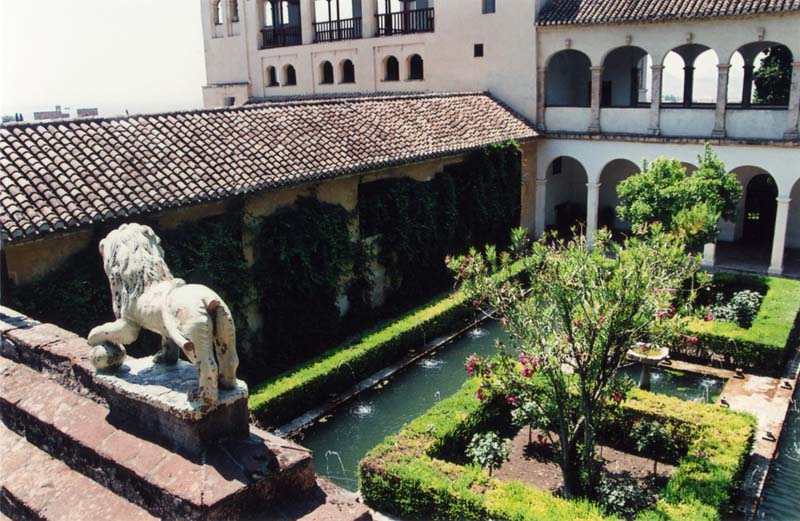
Francisco Prieto Moreno, Sultan’s Garden (Courtyard of the Cypresses), 1302–1309, gardens rebuilt 1931–1951, Granada, Spain. Photo: Nathaniel Walker, 2005
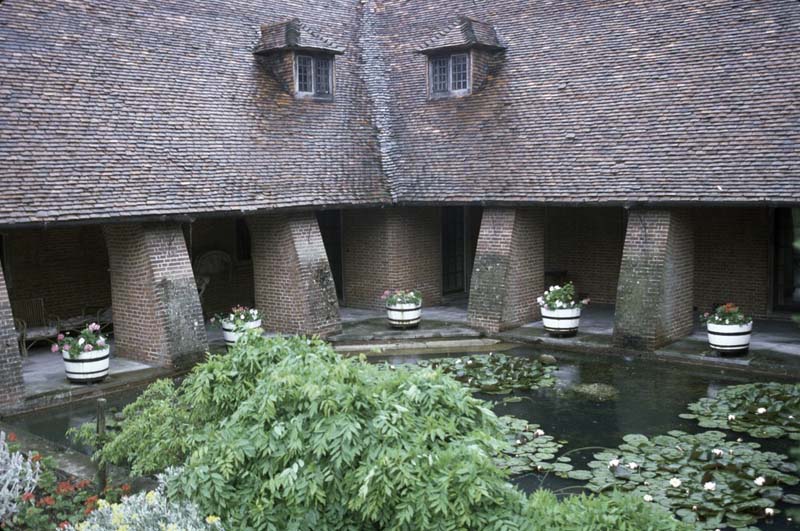
Edwin Lutyens, Folly Farm, home built in 17th century, expanded by Lutyens in 1906 and 1912, Sulhamstead, England. Photo: Richard Longstreth, 2012
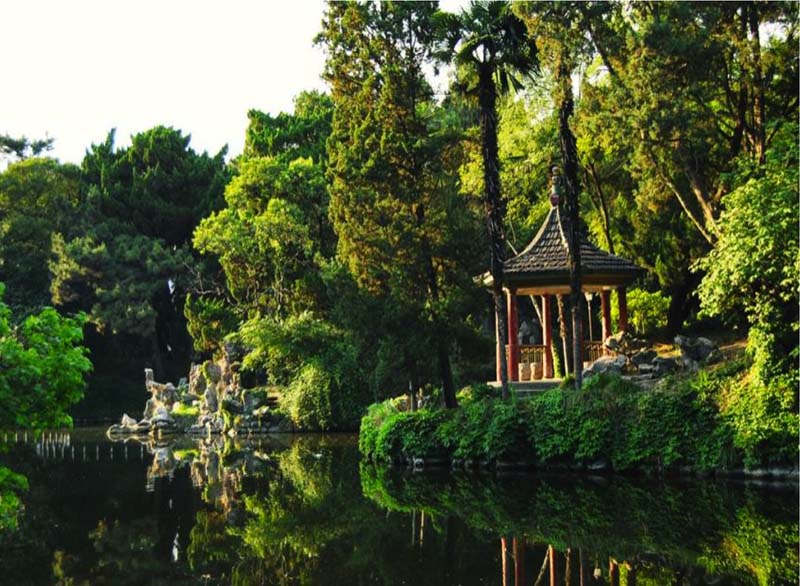
Yejia Garden (Ye Family Garden), 1920s, Yangpu District, Shanghai, China. Photo: Qing Mei
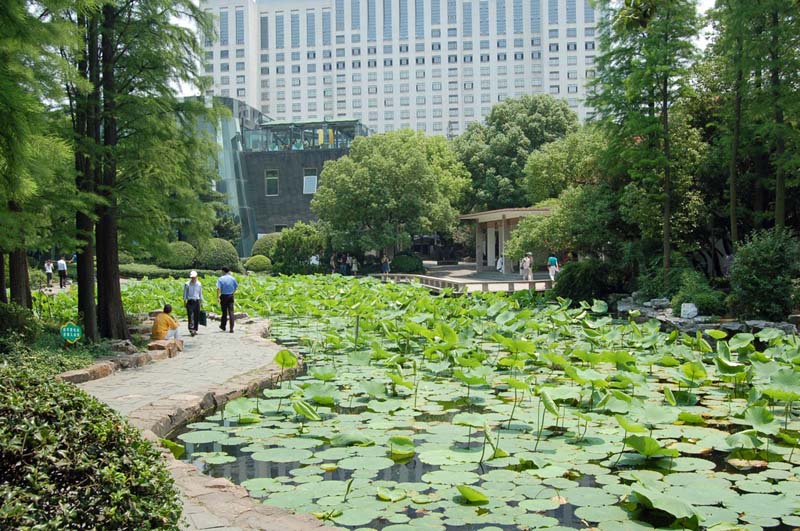
People’s Park, Lily Pond, after 1949, Shanghai, China. Photo: Dell Upton, 2016
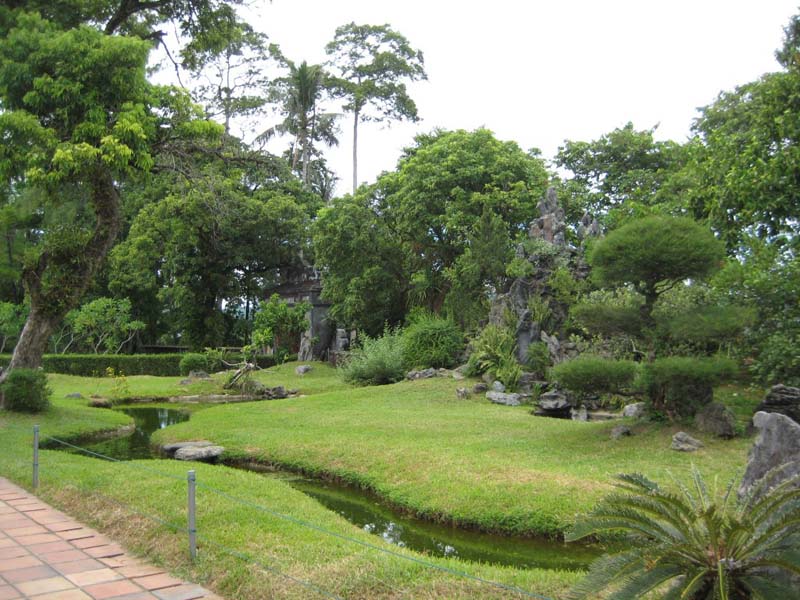
Monastery and Temple Gardens, Thien Mu Pagoda complex, 1601–2014, Huế, Vietnam. Photo: Jackie Spafford, 2014
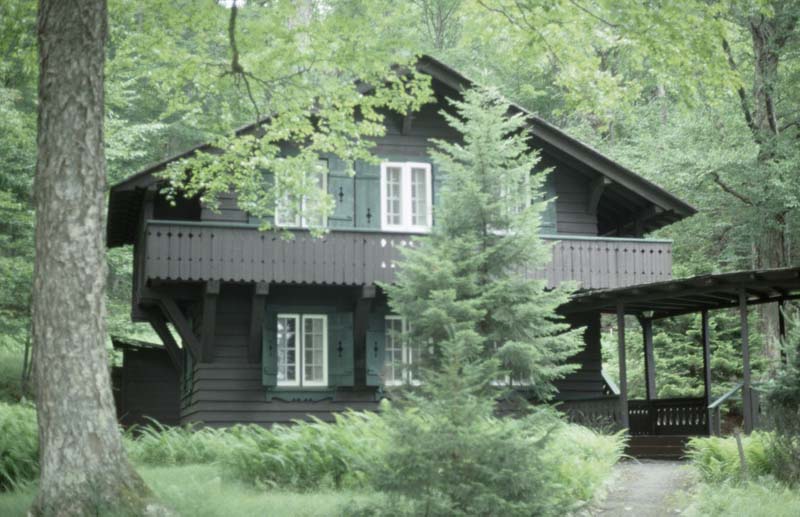
Green and Wicks, Martha T. Williams Camp, 1901–1904, Old Forge, NY. Photo: Richard Guy Wilson

Claude Monet, Monet’s Water Garden, 1893–1926, Giverny, France. Photo: Allan T. Kohl, 1994
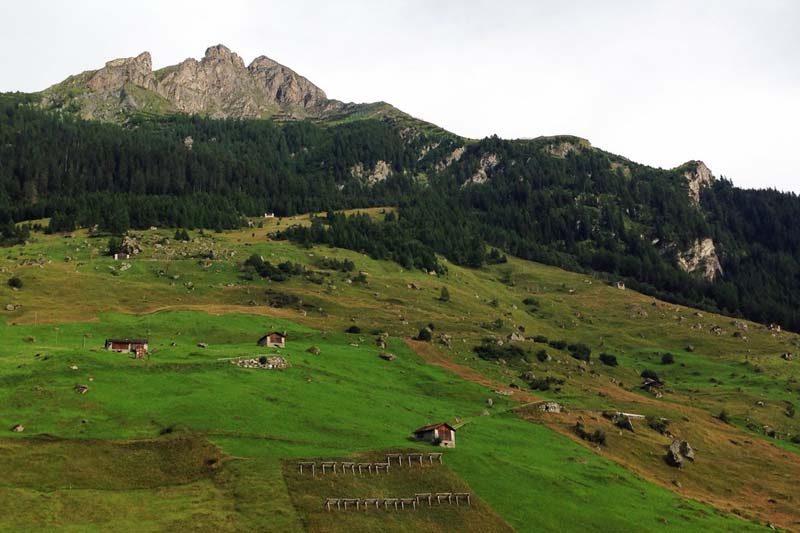
Vals, 1910–1960, Vals Platz, Switzerland. Photo: Esther Choi, 2014

